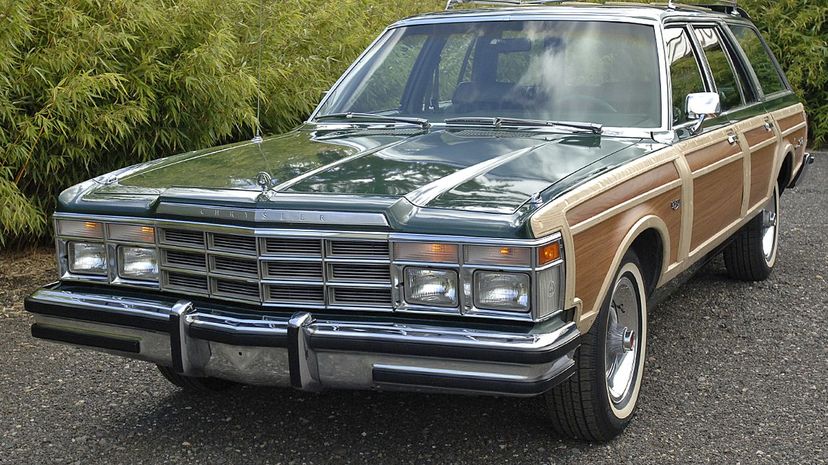
About This Quiz
When most people are asked to describe the 1970s, they will reduce the entire decade to scandal, disco and some of the best rock-and-roll music ever created. When you inquire an automotive enthusiast about the same era, however, you will get an entirely different answer. Interestingly enough, the two go hand in hand, with many of the political and social events fueling the progress and sometimes regression of automotive technology. Would we have the Chrysler K-Car had it not been for an oil embargo? Would we still be shopping for turbo Porsches had the FIA not enforced some strict mandates regarding their road racers?
In many ways, what was old has become new again, when it comes to fuel efficiency and aerodynamics. In the '70s, it was all about checking the government-mandated boxes, including safety features like low-speed bumpers. Although these bumpers were safer for the occupants of the vehicle, should a crash occur, they did nothing for styling. Fast forward 40 years, and similar but different mandates are being enforced, such as pedestrian-friendly front bumpers. Should we expect another K-Car, or is that what the Prius is?
Take a spin through our iconic cars of the '70s trivia quiz, and test your knowledge. Worst case scenario: you expand your knowledge and become a more valuable member of your trivia team!
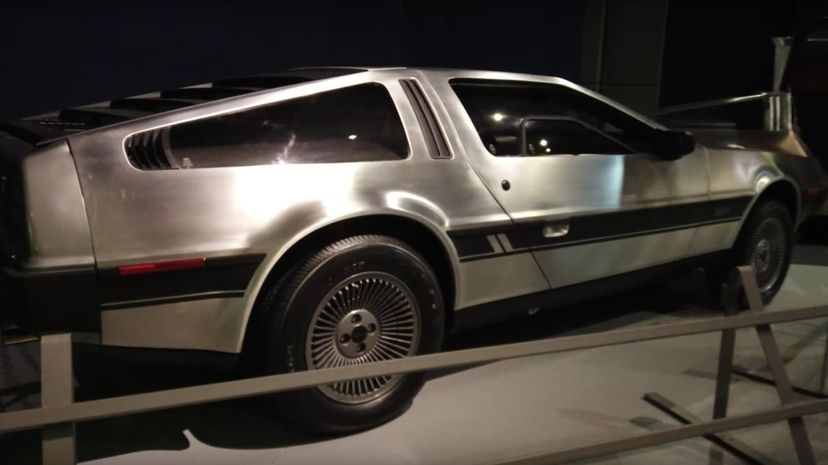
DMC, or DeLorean Motor Cars to some, was created with a lick and promise by an engineer previously employed by General Motors. The late '70s at DMC were spent reconfiguring the DMC-12 prototype in several ways, including engine placement and door functionality. At the end of 1979, the DMC-12 was given the green light for production. Delay after delay unfolded, and the first DeLorean didn't roll off the assembly line until January 1981. Even though the first mass-market version of the DeLorean wasn't available for purchase until 1981, it was still a deeply rooted '70s car. It can be seen in the film "Back to the Future."

The production speed at the Lordstown Vega factory was unlike any other in the world. When GM started building Vegas there, they expected to see 100 Vegas produced every single hour. This figure wasn't quite met, with the workers only able to complete 73 per hour. Workers on the line certainly didn't have time to slouch — they were allotted only 36 seconds to perform their task on the Vega in their station, while previously they had been given an entire minute.
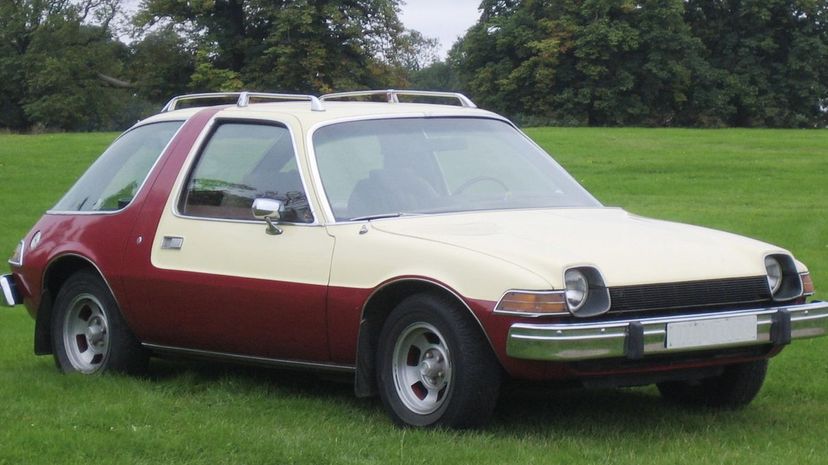
The AMC Pacer came out of the gate as healthy competition for the other compact cars that were sweeping the market during the oil embargo. There was only one significant styling change to the car that was lovingly referred to as a "pregnant roller skate." In the early models, '75 to '77, the grille and hood were flat and aerodynamic looking, whereas the '78 to '80 models had an awkward geometric design to it. An interesting piece of trivia on the Pacer is that the amount of surface area covered in glass is a full 37%, which equates to around a whopping 5,615 square inches of see-through goodness.
Advertisement
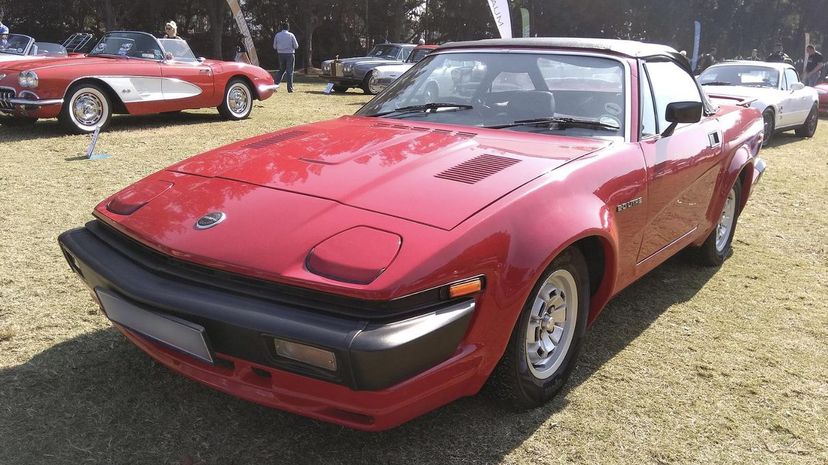
Sadly, the TR7 was one of the nails in the coffin of Triumph as an automobile manufacturer. Problems with factory strikes and general malaise from the workers created a production environment that wasn't conducive to precision assembly. Aside from the assembly issues, the aluminum head on a cast-iron block engine created almost perpetual leaking head gaskets. The design was good; the execution, not so much.
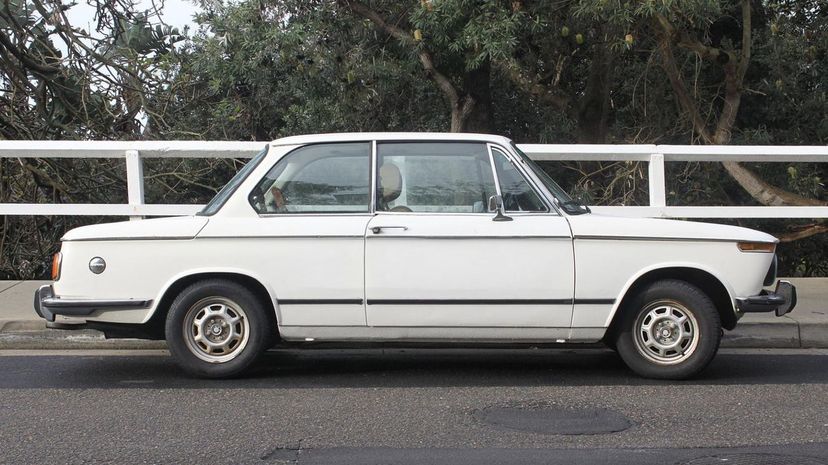
As many of the other automotive manufacturers tried to integrate wedge-shaped design into their coupes, BMW went in a different direction, delivering a simple two-door coupe. A spacious greenhouse combined with a polished interior gave the driver a feeling of luxury without being in a ridiculously large sedan. The name 2002 represents the engine size, 2.0 liters, and the number of doors, two. The 2002 was phased out to make way for the next big thing from BMW, the 3 Series.
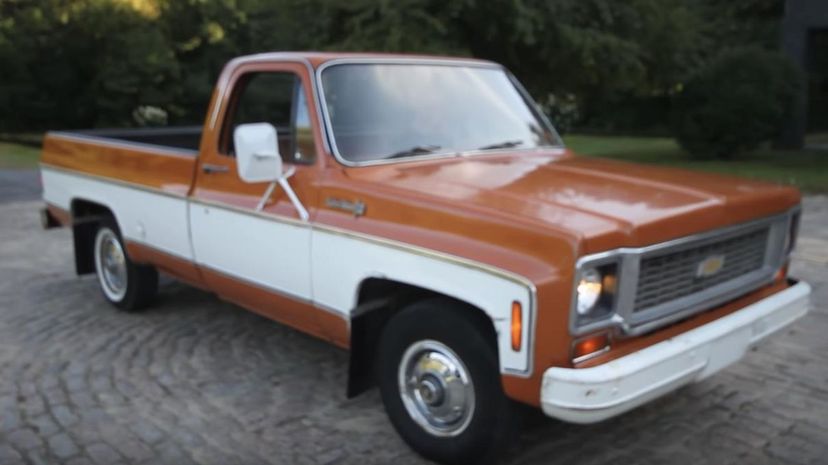
The styling of the C/K Chevy trucks was being experimented with as early as '68 but wasn't released until perfection was found in '73. Incredible attention to detail went into every facet of the truck to obtain maximum fuel efficiency. An integrated radio antenna, a steeper rake of the windshield and fender flares all contributed to achieving this goal. Another groundbreaking option for the third-generation C/K bodies was dual rear wheels.
Advertisement
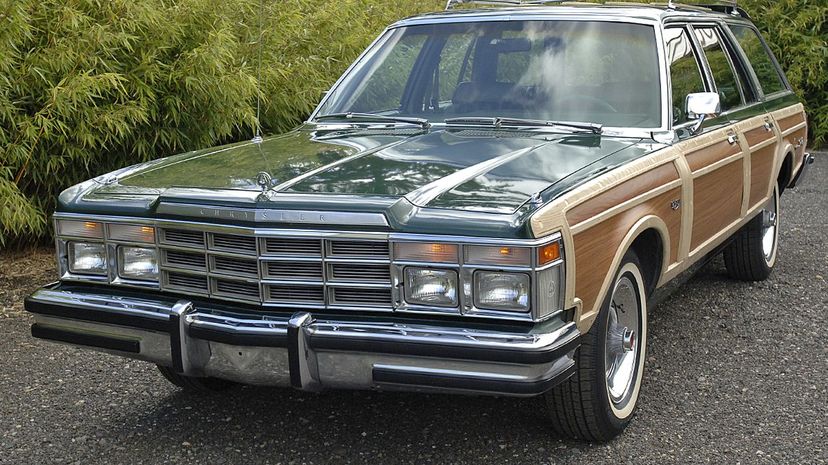
The Fuselage design was utilized for stylistic perfection in this expansive car. Everything about the Town & Country was large, though, and the way the design tied the 122-inch wheelbase front to rear was an art form. The car had several engine options available, with the 440-cubic-inch V8 being one of the more popular. With seating for up to nine, the weight of the car, coupled with human body weight, necessitated some serious torque and horsepower!
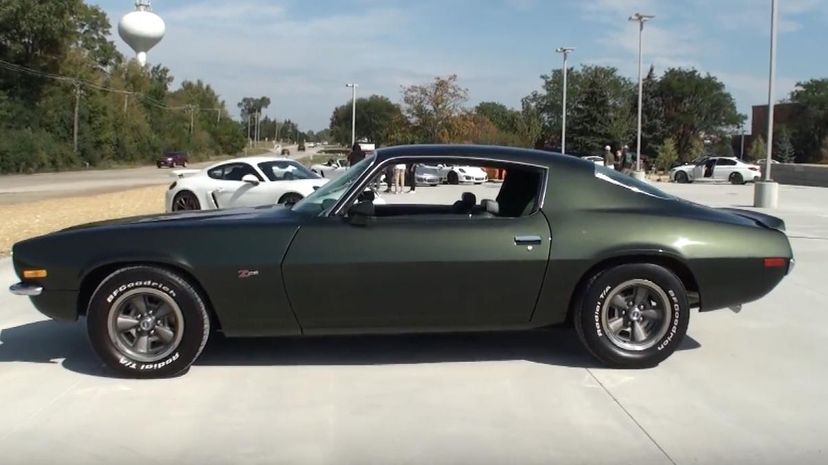
Without any aftermarket tuning or parts, the Z28 was an absolutely stunning car, both inside and out. The redesign of the exterior integrated an aggressive hood that melted over emphasized fender flares, which mimicked European styling as opposed to the boxy coupes coming out of America. When added to the base Camaro, the Z28 package turned the semi-tame coupe into a serious sports car, providing better handling and overall horsepower.
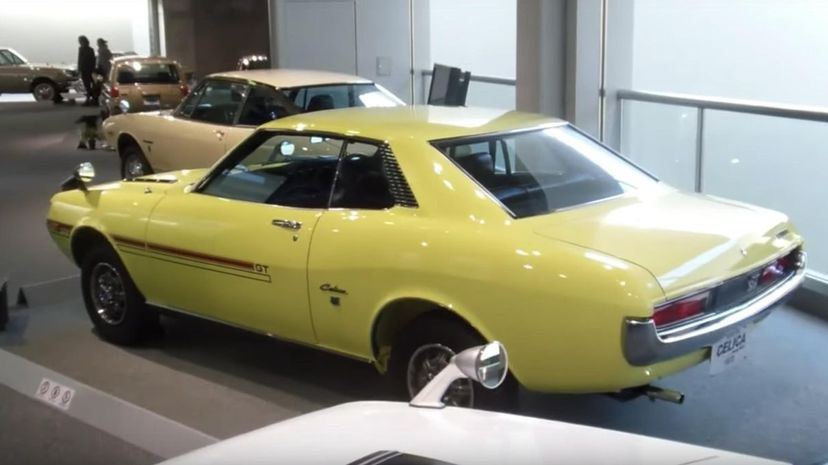
The Celica was a unique and special offering from Toyota at the time. Stylistically and performance-wise, it was nothing like the Mustang, but it held its own in the two-door market. Engines ranging from 1.4 liters to 2.2 liters propelled the car from the rear wheels, making it a fun-to-drive tiny Japanese car. Over the years, the Celica changed roles. In the beginning, it was a compact sports car, rivaling the Mustang. Eventually, it turned into a rival to the fuel-efficient Civic. Time tells the tale on the Celica, with the last one being made in 2006, and the Mustangs and Civics still being built in masses.
Advertisement
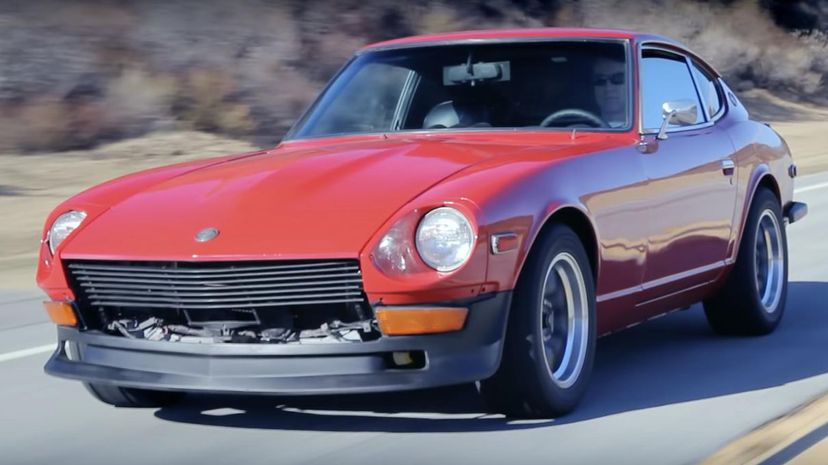
The 240Z was introduced at a time when sporty-looking yet underpowered coupes were king. The 240Z was initially offered with a very respectable 2.4-liter inline six-cylinder. As years slid by, new iterations continued to have larger engines. By 1975, the 280Z was released, still with an inline six-cylinder, but bored 2.8 liters. An attempt at relaunching the Z-car was made in 1997; however, it failed to succeed, due to a market saturated by two-door coupes with fair to moderate performance figures.
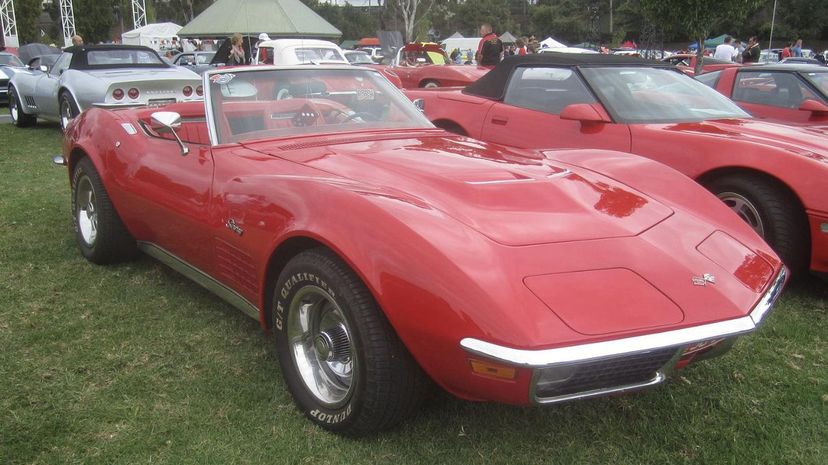
Stylistically, the 1970s took sleek cars and turned them into chiseled chunks of metal. The Corvette somehow escaped these radical changes and kept its muscular and elegant styling, all while battling an incredibly stiff market. By the end of the decade, after the turbulence of political unrest and economic instability passed, demand blossomed. Nearly 54,000 Corvettes were produced in 1979, and they are currently selling in the ballpark of $30,000 in excellent condition.
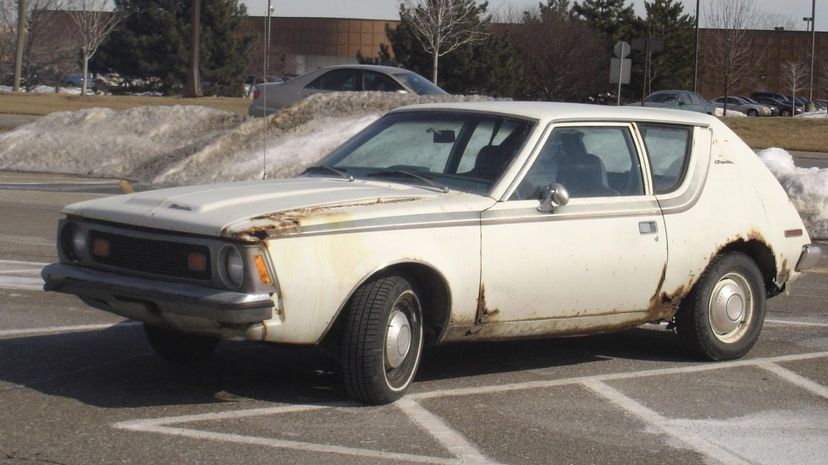
In a desperate push to develop cars that could compete with the Volkswagen Bug, automotive manufacturers scrambled in the late '60s. This gave us some brilliant vehicles, including the AMC Gremlin. Designers at AMC decided to use what they already had, which resulted in taking a Javelin and truncating it into an abbreviated coupe. The quirky name and body style raked in many first-time car buyers; however, they repelled some automotive enthusiasts who had a more sophisticated sense of style. All in all, the Gremlin was a decent car, with the publication Popular Science putting it through the wringer on a 10,000-mile road test. Not a single incident was reported, which was unheard of from cars of the time.
Advertisement
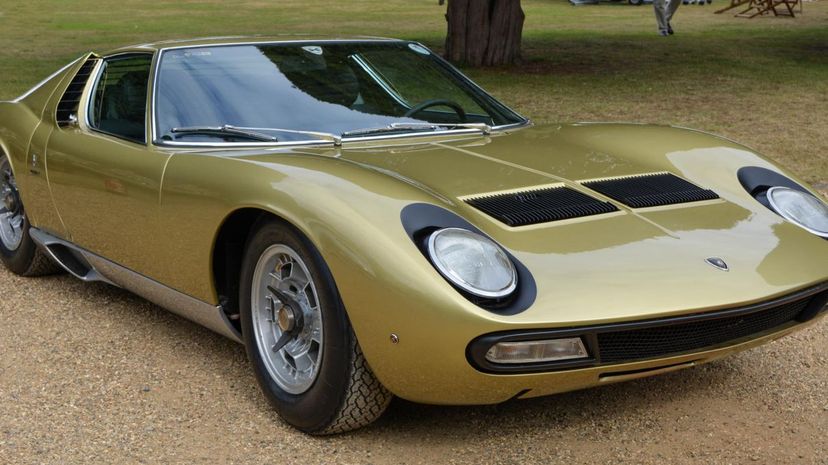
In the pubescent age of supercars, automotive companies like Ferarri and Lamborghini were still fighting to make a name for themselves. The Miura was angular yet curved, sporty incredibly exotic. Interestingly enough, although the car was built upon a race chassis, there was a strict no-race policy by Ferruccio Lamborghini himself. With a 3.5-liter V12 under the front-hinged hood, the Miura was more than capable of darting down the passing lane.
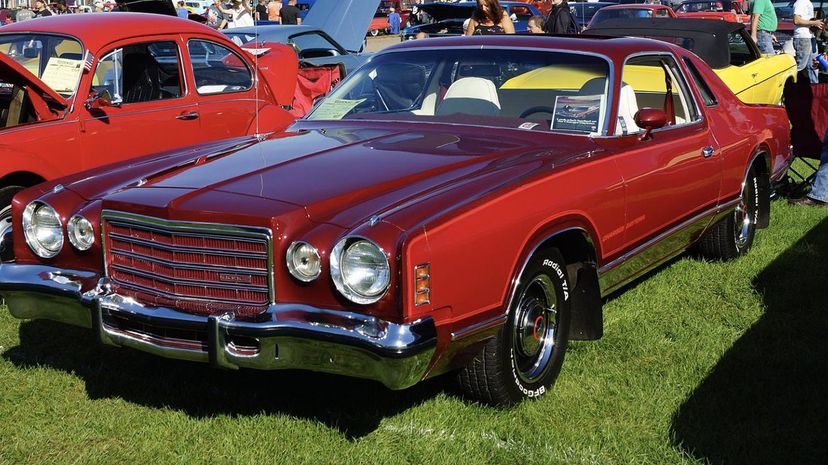
The '70s were an exciting decade for vehicle designs, with the cars at the beginning of the decade looking sleek and stylish and then morphing into driveable shoe boxes. New safety regulations, such as five-mile-an-hour bumpers, caused some of the beauties to turn into beasts. The Charger was one of them, and it ended up looking like a parts bin special. Don't be fooled by styling, though — the Charger was still a muscle car under the hood!
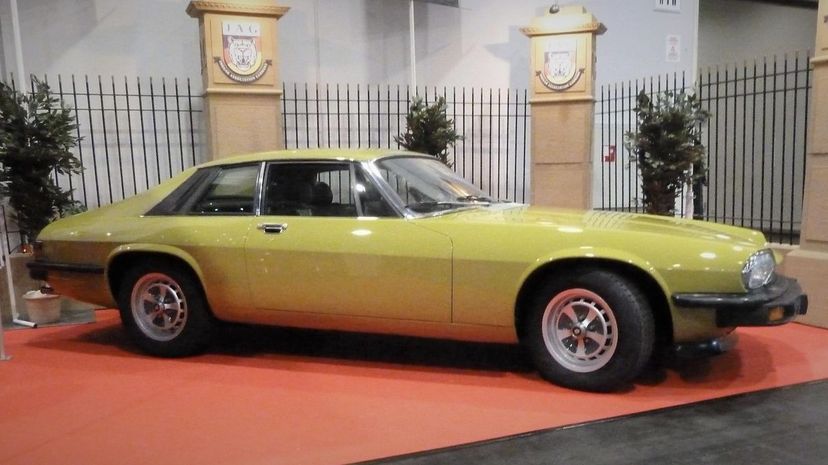
Before being placed in the XJ-S, V12 engines were reserved for exotic Italian supercars, such as the Miura. Although the XJ-S offered incredible acceleration and luxury, it was born in the wake of the oil crisis, and demand was quite small. Aside from that, the radical styling of the B-pillar and rear window caused concern in Germany. In fact, every XJ-S registered in Germany had to undergo prior approval before being deemed roadworthy. Massive engine and window controversy aside, XJ Series cars have been produced ever since, with an all-electric version promised for 2020.
Advertisement
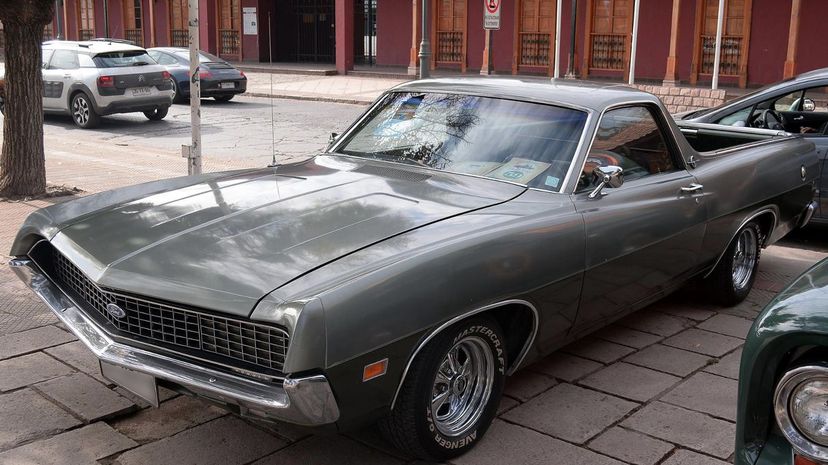
Ford and Chevy were neck-and-neck in the car-shaped truck market for all of the '60s, and when the '70s rolled around, they didn't let up. Both cars were initially station wagons that were converted into a more useful shape, using what the automotive companies already had. The '70s were gentle on the truck-like vehicles, and different iterations occurred over the decade. Each had their stylistic apex in 1972, and both dissolved into a rectangular funk as the decade progressed.
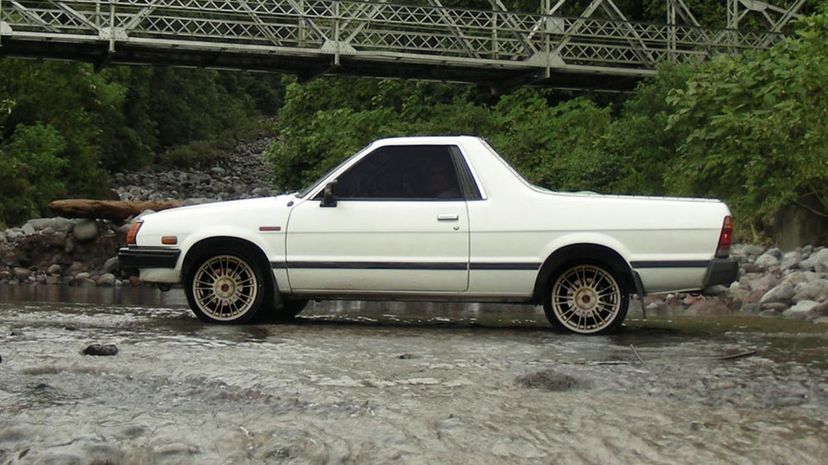
With the likes of the Ranchero and the Toyota Hilux, Subaru decided it needed a little truck too. The small truck market wasn't easy to edge into, so Subaru chose to offer something otherwise unavailable in a tiny pickup truck — four-wheel drive. Subaru packed the BRAT with other fun features as well, such as a T-top and a hidden door to the truck bed. An interesting fact about the Subaru BRAT is that, although a Japanese automaker produced it, it was not sold in Japan at the time.
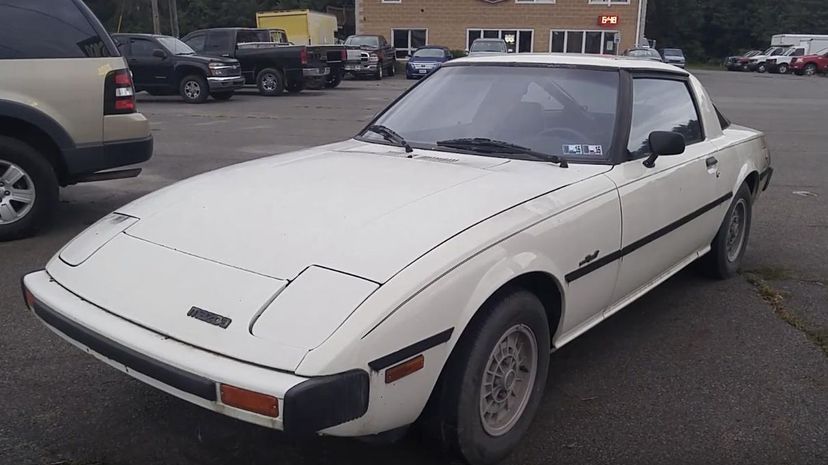
The RX-7 wasn't just another wedge-shaped coupe from the 1970s; it was a revolutionary piece of machinery for Mazda. Every effort was made to make the RX-7 aerodynamically efficient so that it could use every bit of horsepower with as little drag as possible. Retractable headlights, a large dome-shaped rear hatch and an integrated rollbar in the B-pillar made this light car really fly. The rotary engine boggled some minds, but in the long run, it made believers out of many. The overall power, combined with exceptional fuel efficiency, was a winning equation during the fuel crunched '70s.
Advertisement
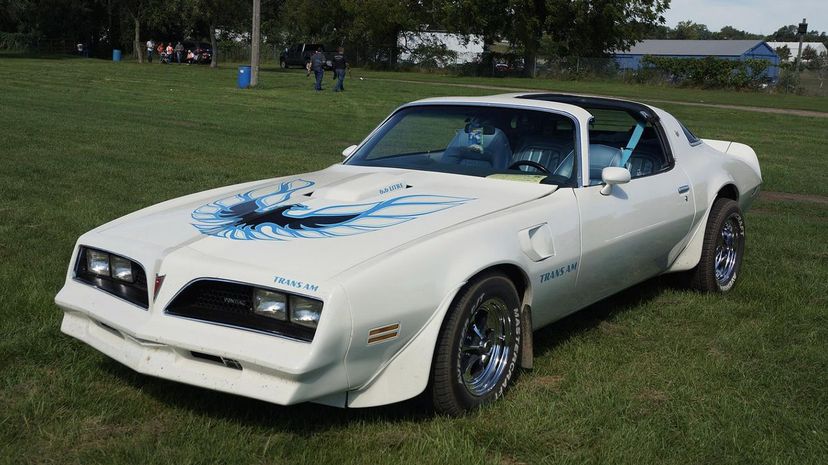
The Pontiac Trans Am used in "Smokey and the Bandit" was loaded with some of the coolest features available on a sports car, such as the removable T-top and a slightly off-center air scoop. Ironically, the cool factor of the T-top wore thin after a few years when the seals failed and created leaky messes that ruined quite a number of interiors. With the newfound popularity from Burt Reynolds and the movie "Smokey and The Bandit," demand was at an all-time high, and so was production.
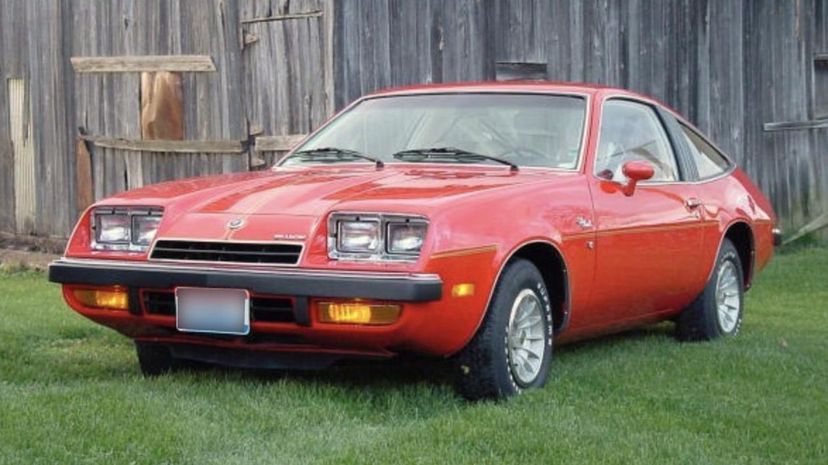
The Buick Skyhawk was built on the H-platform, the same platform used for the Monza. Buick introduced this odd-looking little car as a valiant attempt at staying viable in the small car market. This was amidst the oil crisis and mounting pressure from the EPA. Unlike some of the other subcompact cars on the market, the Skyhawk was powered by a 231-cubic-inch V6, which was a reasonably large engine for such a small car.
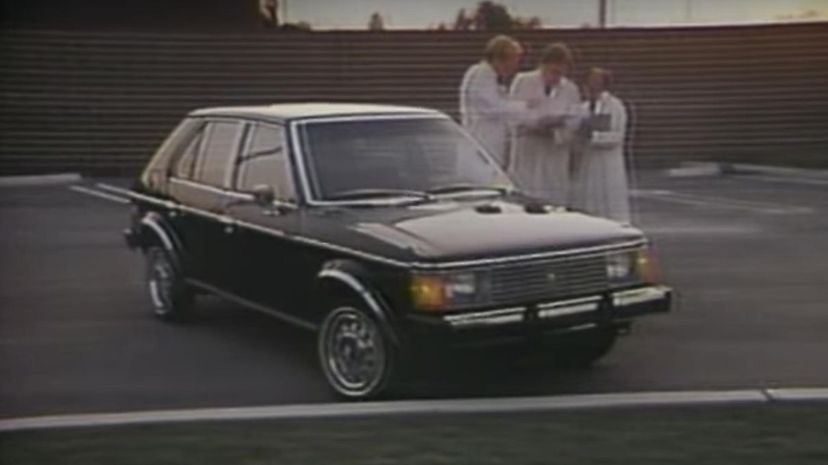
The Chrysler Corporation offered up the Dodge Omni, aka the Plymouth Horizon, in 1977, to stay competitive in the small car market. What made the Omni/Horizon special was that it was the first mass-produced subcompact car equipped with front-wheel drive built in the U.S. These little cars were integral to the success and survival of the Chrysler Corporation. Their popularity and sales figures helped Chrysler to avoid going belly up and declaring bankruptcy.
Advertisement
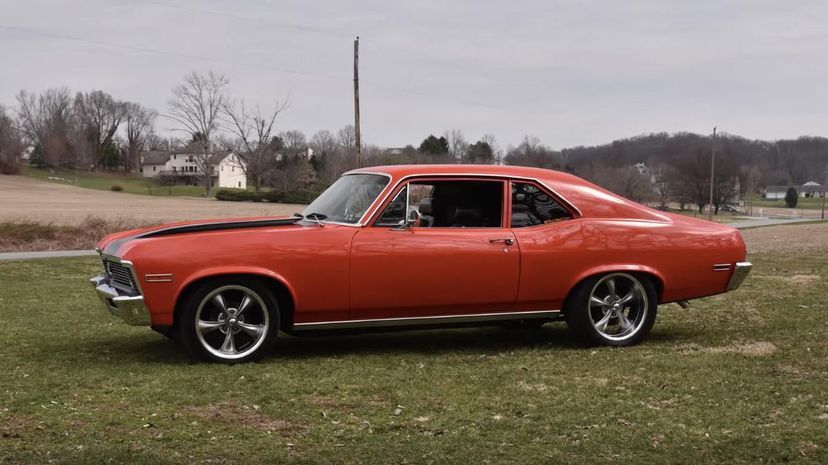
Many Nova enthusiasts hold the 1970 Nova as the best Nova ever produced. A Nova equipped with an L78 engine could produce 375 horsepower, and with a curb weight of around 3,300 pounds, it could really move! Lesser known and talked about was the subsequent discontinuation of the four-cylinder engine offering as well. It was all downhill from 1970, with the Nova eventually becoming a subcompact front-wheel-drive rebadged Toyota Corolla.
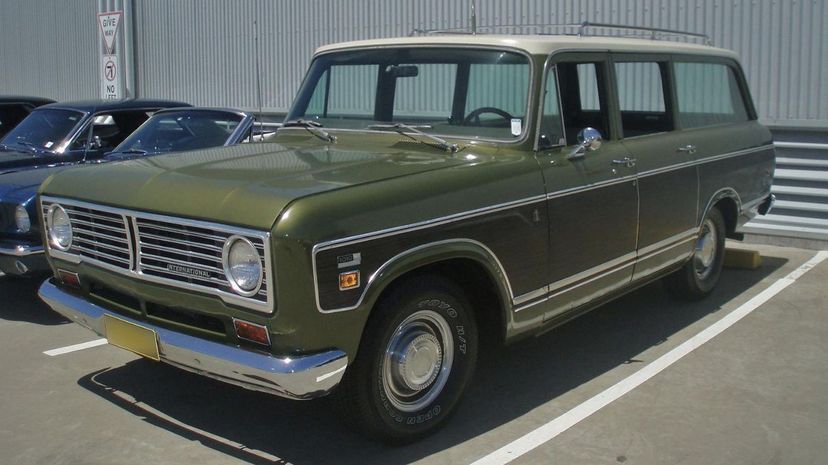
International Harvester may be best known for producing farm equipment; still, they were a short term powerhouse in the people-moving business. The initial purpose of these Suburban shaped vehicles was to transport people between airlines at airports. However, their shape and practicality won people over, and soon International Harvester was producing vehicles for the public, not just contract work for businesses. The Travelall ceased production in 1975, much to the disappointment of owners. International Harvester was doing the "SUV thing" before it was cool!
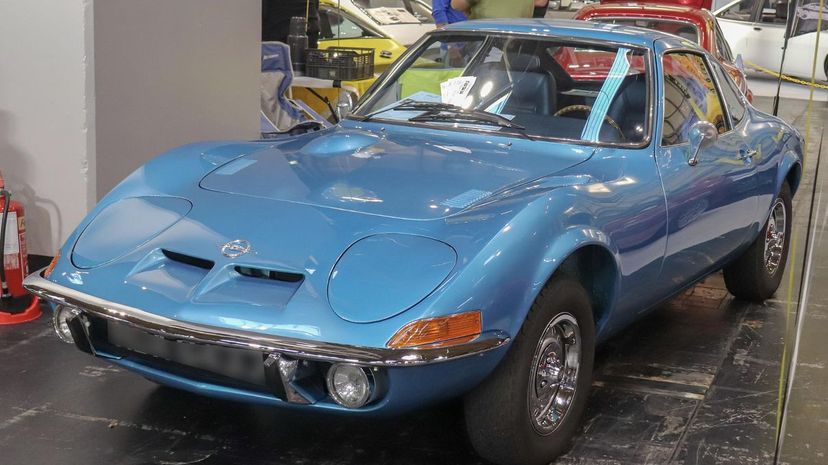
The maximum output of the tiny 1.1-liter engine was a whopping 67 horsepower, which made it less of a sports car and more of a go-kart. The GT was also brim full of quirky features that hadn't been seen in any other vehicle. The headlights, for example, were pop-up but manually operated — in a weight-saving attempt, the mechanical mechanism to raise and lower the lights was scrapped for a lever mounted on the dash. Another odd feature was the totally unusable rear hatch area. While a conventional hatchback would hinge open, the GT had only a window. To access the rear storage area, the owner had to crawl behind the front seats to access the glorified hat shelf that made up the trunk.
Advertisement
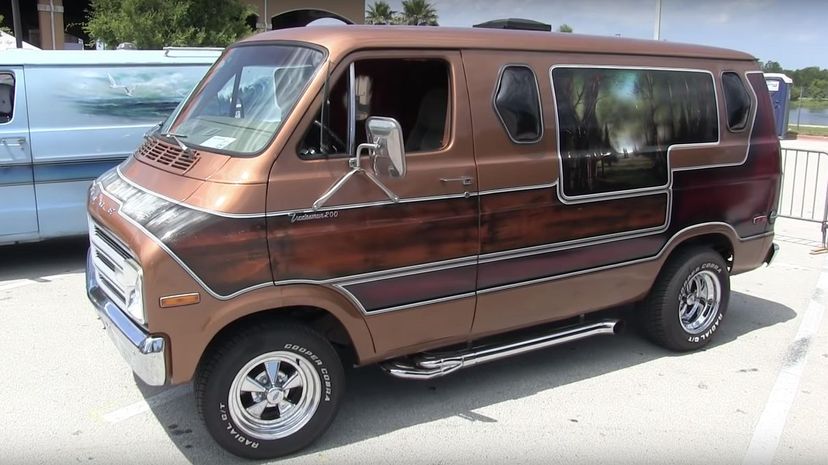
Today's vans are quite mundane compared to the limitless possibilities of a '70s van. You could find a van that was short in length but high in stature, or low in profile but long in length, and every combination in between. You could opt for windows or not, rear seats or cargo space, conversion packages or unfinished floors — really, the possibilities were endless. The vans weren't just highly customizable, but they were also equipped with some of the most reliable engines available. The 318 Small-Block V8, paired with a TorqueFlite transmission, provided an infinite number of smiles per mile.
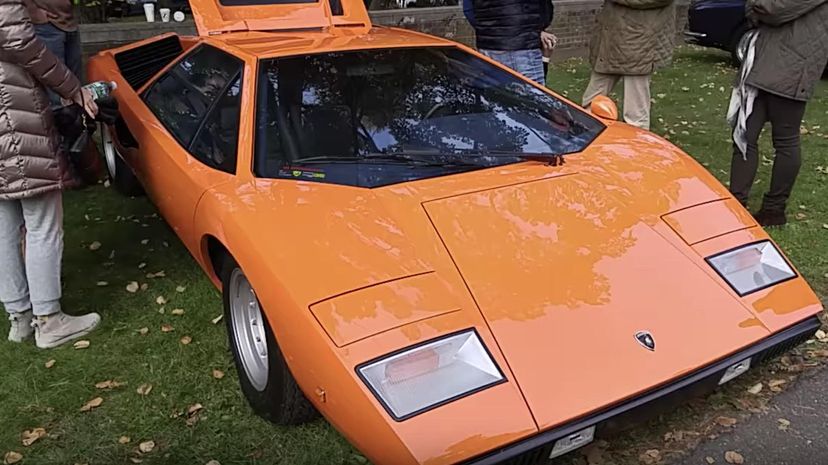
When Lamborghini decided to move on to bigger and even more exotic cars than the Miura, they hired Marcello Gandini, a renowned automotive designer, to head up the styling department. Drastic efforts were made to create an angular and muscular machine — the outward appearance was extremely indicative of what powered the wedge-shaped sports car. A massive V12 engine was placed directly above the rear-drive wheels to offer maximum balance and agility.
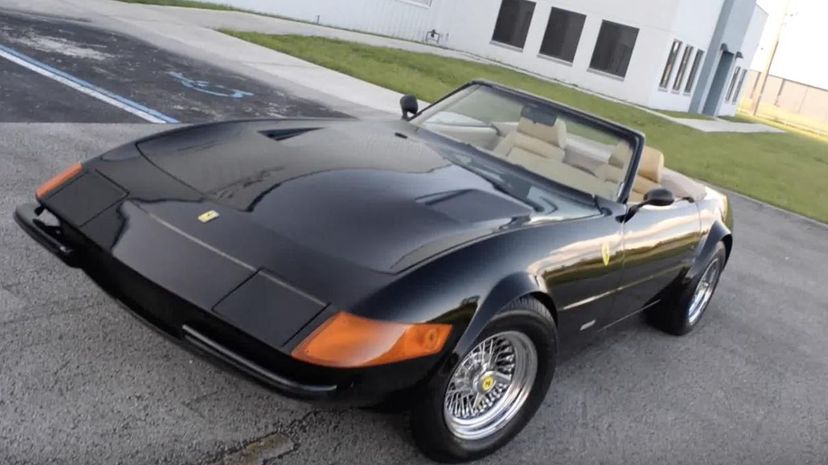
The Spyder version of the 365 is an engineering and structural masterpiece. Beyond just chopping the roof off, extra attention had to be given to maintaining the structural integrity around the B-pillars and rearward. For the powerful car, if the structure wasn't reinforced, the amount of body flex could have just about folded the car in half. Replacing fiberglass body parts with steel provided the added rigidity the convertible needed. Only 122 factory-made Spyders were produced; however, many replicas were made, of lesser quality.
Advertisement
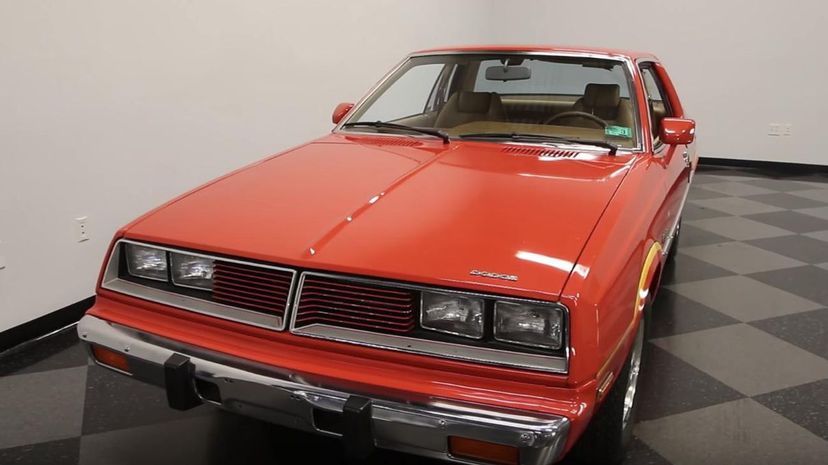
As a captive import, Dodge tried to capitalize on the coolness of the Challenger name by tacking it onto a Colt body. The 1978 Dodge Colt Challenger couldn't have been fundamentally more different from the original Challenger, unless perhaps a Ford badge was placed on it. The growling V8 of the early '70s was gone, replaced by a paltry 1.6- or 2.6-liter inline four-cylinder. After hibernating the Challenger name for more than 20 years, Dodge brought it back, returning to the car's roots and delivering a high-powered two-door sports car.
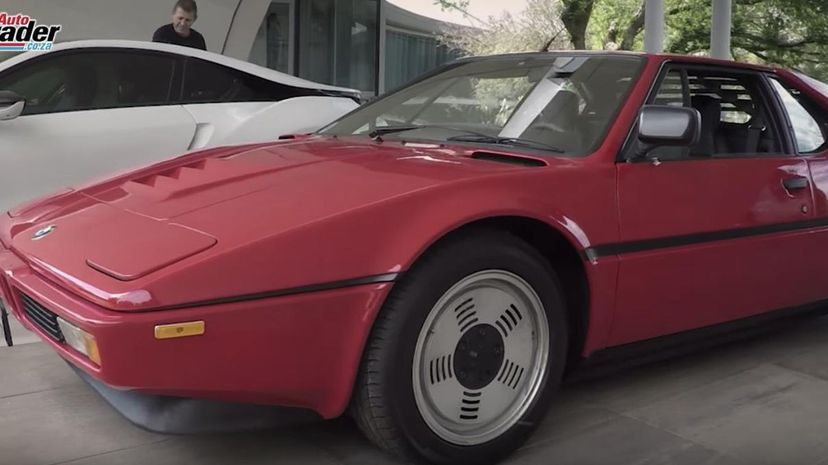
The M1 was the very first purpose-built sports car offering from BMW. Although it was incredibly stylish and fast, it didn't go over quite as well as anticipated. At first, BMW tapped the shoulder of Lamborghini for help in creating their vision, but they eventually developed the brilliant car themselves. The mid-engine design gave the M1 impeccable handling and power, with a non-modified top speed of 162 miles per hour. Pristine, low mileage examples can be seen going to auction with a price tag of well into the six-figure range.
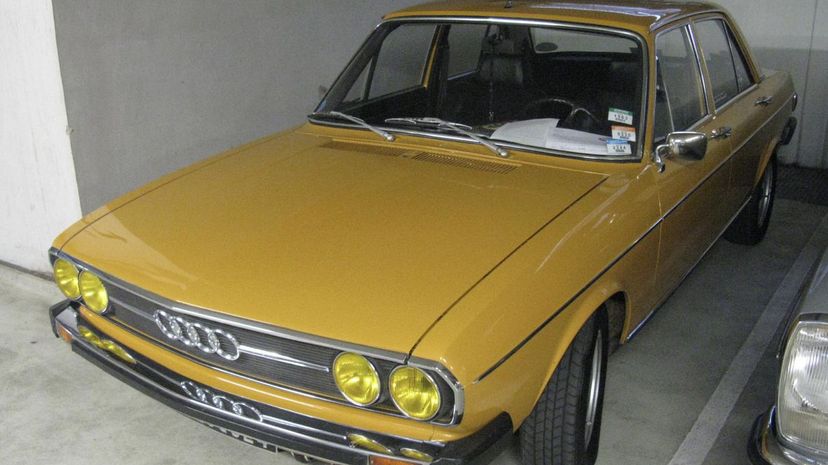
Audi decided that the four-cylinder efficient engine wasn't powerful enough and the six-cylinder wasn't fuel-efficient enough. Hence, they reached a happy medium by using a five-cylinder engine. The engine has many highlights, such as high output in a tiny package and lighter weight. There was one major downside — the balance. Without having a symmetrical firing order, the engine had an impressive amount of vibration. This didn't stop them from selling, though, with the one-millionth Audi 100 being produced in 1977.
Advertisement
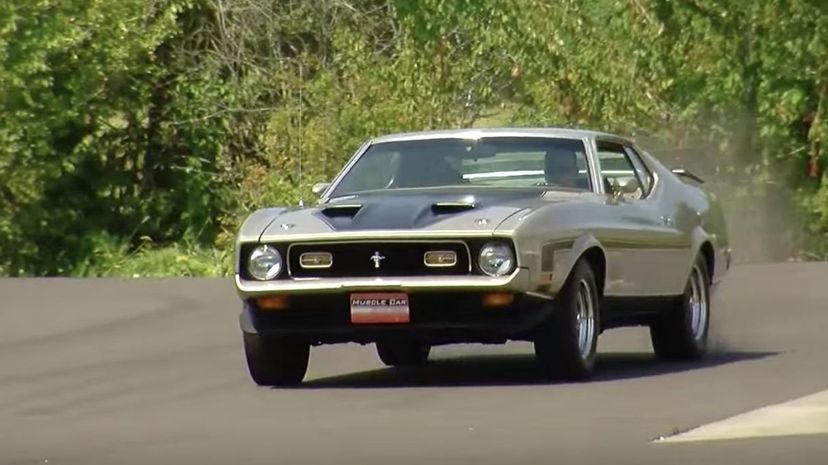
The Ford Mustang of the late '60s was a good car, but it wasn't competitive speed-wise with the Corvette and Firebird that GM was producing. The 1970 Mustang Mach 1 became the first in a long line of performance Mustangs hashed out by Ford. Upgrades included a heavier-duty suspension, a shaker hood for cooling and bits of teak wood in the dash. The Mach 1 was given a drastic redesign in 1971, giving it a more muscular and aerodynamic shape. The last '70s-era Mach 1 was produced in '78, and it wasn't offered again until a very short stint in the '03 and '04 model years.
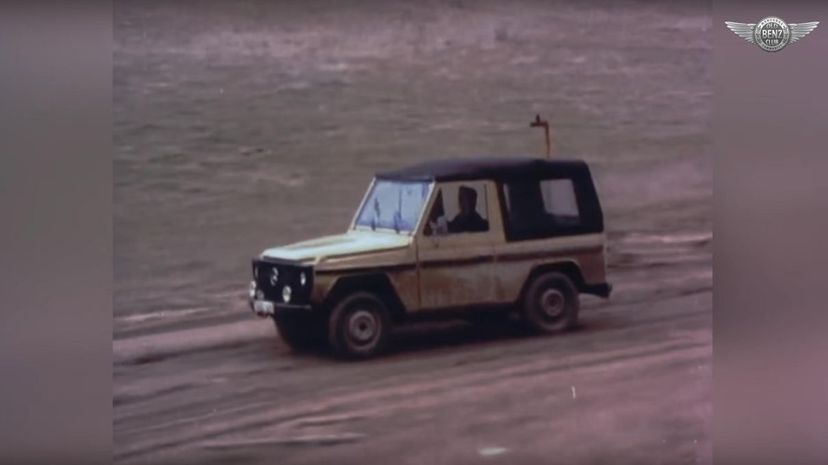
A little known fact is that the Mercedes-Benz heritage traces back to the very first gasoline-powered automobile in 1886, called the Motorwagen. They were innovative back in those days, but they had become somewhat stagnant throughout the heyday of automotive brilliance in the '60s and '70s. Although late to the SUV game, their introduction of the G-Wagen in 1979 brought an opulent yet practical SUV to the luxury vehicle market. Testing of the G-Wagen was done in such extreme locations as the Sahara Desert and Arctic Circle before it was offered to the public. The G-Wagen was so good, in fact, that a specially designed version was delivered to the Vatican for use as a Popemobile in 1980.
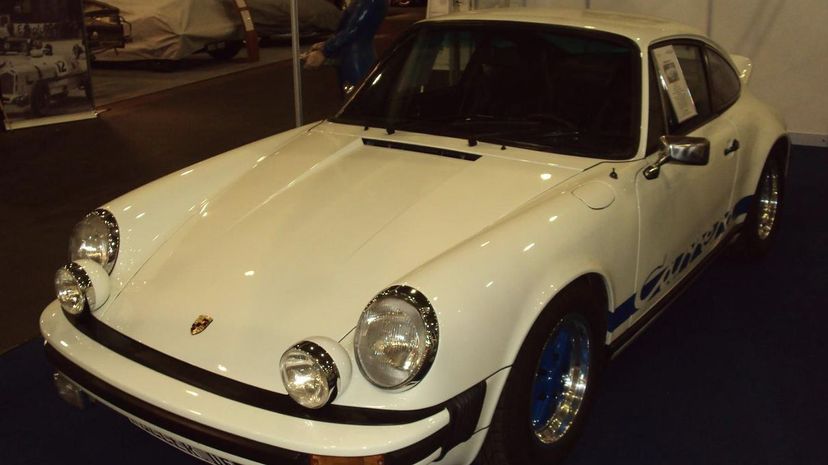
The turbo innovation was tremendous for Porsche, transforming their sporty little car into a real motorsports contender. The 1975 model year 911 Turbo could reach 60 miles per hour in under five seconds and was the fastest production car in Germany at the time. This incredible speed and power didn't pair well with the engine placement and overall handling of the stylish coupe, though. Major complaints about the 930 Turbo included the car's propensity to oversteer and disappointing turbo-lag.
Advertisement
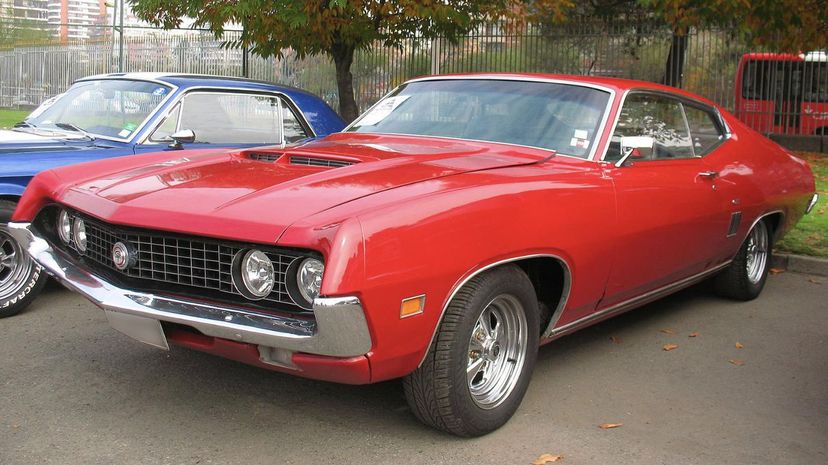
The 1970 Ford Torino was a remanifestation of everything right and good from the '60s, bundled in a '70s style package. The Torino was available in just about any style you could want, ranging from a two-door convertible to a full-blown station wagon. The car could also be equipped with anything from a slightly wimpy 4.1-liter inline six-cylinder all the way up to a massive 7.0 liter V8. Aside from the publicity the Torino gained from being the car of the year, it also became trendy in 1975 after it was featured in the television show "Starsky and Hutch."
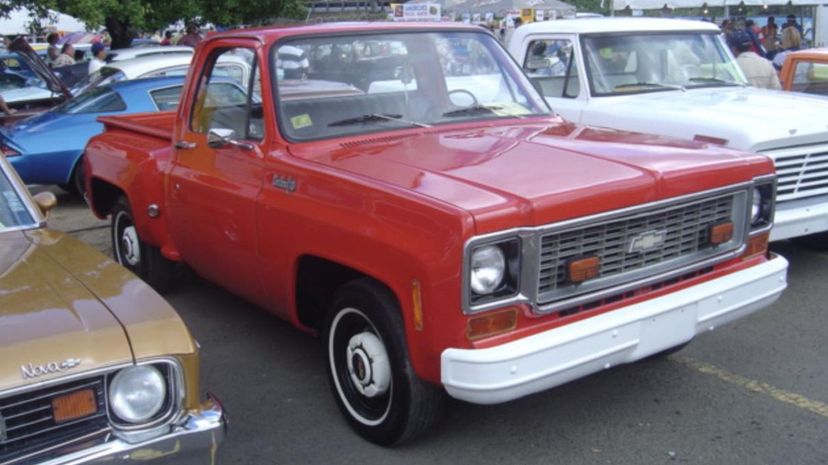
When Chevy decided it wanted a piece of the sport-utility market, along with the Ford Broncos and Jeeps, they offered up the K5 Blazer. The market was, however, saturated with other multi-purpose vehicles in the early '70s. To differentiate from the rest of the newly titled SUVs, the Blazer was equipped with full-time four-wheel drive and optional air conditioning.